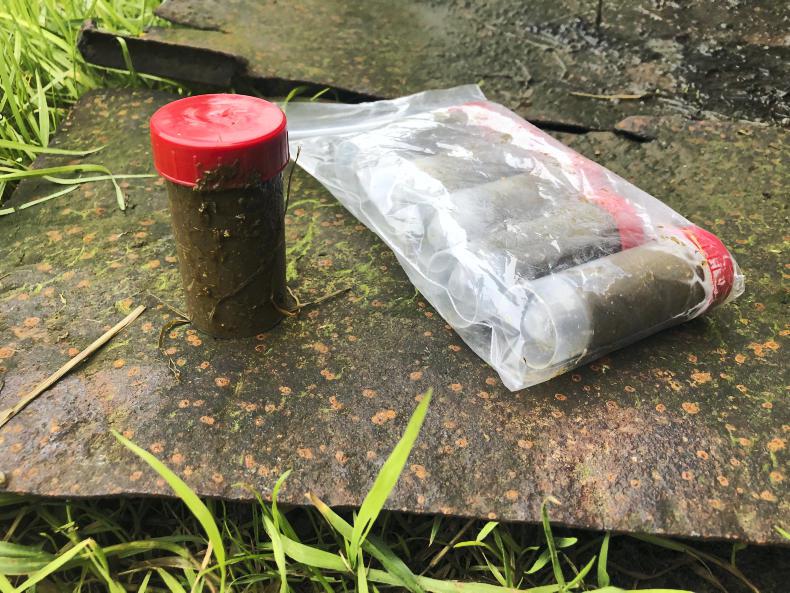Edgeworthstown-based suckler and sheep farmer Robert Abbott is the Longford participant in the Teagasc/Irish Farmers Journal BETTER Farm beef challenge. Robert, who also works off-farm, is running a 43-cow, spring-calving suckler herd and a 30-ewe, early lambing flock.

Cow type on the farm is a 50:50 split between continental cows and first-cross cows from the dairy herd.
Robert has been working on increasing his cow numbers since joining the BETTER Farm Programme, and mainly through the purchase of cows with calves at foot, has an extra 10 cows to calve in the spring.
While the original plan for the farm was to push numbers to 50 cows, housing capacity may limit this expansion to 46-47 cows, but extra bulls may be bought-in to boost output as much as possible.
Balancing sucklers and sheep
Lambing begins on 1 January and is usually finished by the first week in February. Calving is slightly later than a typical spring-calving herd with the first calves expected to drop on 1 March each year.
This means calving and lambing don’t overlap – something that can put a huge strain on mixed suckler and sheep farms.
With cow numbers increasing and housing nearing full-capacity, it is critical to have grass available in spring to allow for early turn-out, when weather allows.
Last year, Robert admits this wasn’t the case: “We still had good grass in December and let the sheep graze it. Looking back, this was a mistake because we had no grass for the cattle in February.
"I definitely won’t be doing that again and the sheep will be allocated an area and I’ll put a feeder with them if I have to.”
System
Recently, Robert has moved to an under 16-month bull-beef system. Last year, five of his bulls were finished under 16-months, this year that number will exceed 10.
The remaining bulls will be squeezed and run at grass with store heifers next year.
All heifers are sold live in the autumn as 20-month stores, except for those kept within the herd as replacements.

Weighing
Weanlings were weighed on 19 November which was around housing time.
A housing weight can be an excellent barometer to judge how animal performance has been for the grazing season, as well as evaluating winter performance, provided animals are weighed at turn-out next spring.
Going forward, this can provide farmers with great insights as to what went right and what could be worked on in future winters.
Since the cows are calving in March and April predominantly, weanling weights will understandably be slightly behind those of an early, spring-calving herd. Average weights of bulls and heifers was 334kg and 280kg, respectively.
Perhaps a more appropriate figure to look at is average daily gain (ADG). With a male ADG of 1.2kg and a female ADG of 1.1kg, calf performance has been spot-on this year, which is impressive given the challenging summer conditions.

Faecal sampling
Faecal samples were taken from the weanlings during the second week of December to assess fluke and worm burdens which will allow for a targeted winter dosing regime.
Results showed a low positive result for rumen fluke in both bulls and heifers while heifers showed positive for roundworms and lungworms.
A number of possible treatments are now open to Robert which will constitute a dose for fluke with the option to target worms as well.
Lice will also need to be treated against and will be included in the treatment plan.

For more on Roberts farm and to see how stock are performing indoors, watch the video below.






 This is a subscriber-only article
This is a subscriber-only article










SHARING OPTIONS: